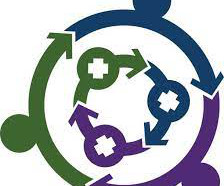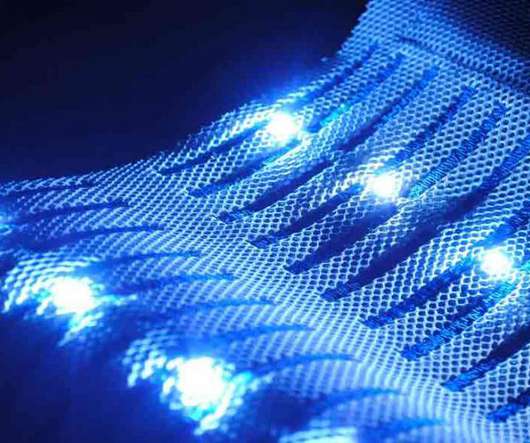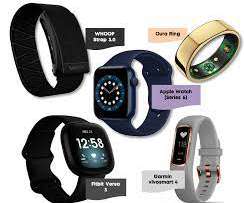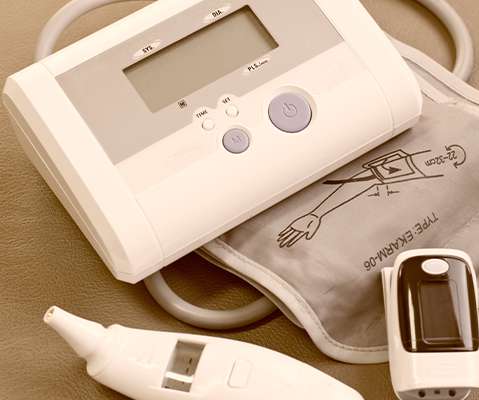Five tech offerings serving the family, senior and home care continuum
Aging in Place Technology Watch
JULY 21, 2023
According to a Harvard Business School study, more than 80% of working caregivers said caregiving made them less productive. category tags: Home Care , tech-enabled home care , senior living , Family caregivers , AgeTech All you have to do is plug it in.” Learn more at Tellusyoucare.com.




















Let's personalize your content